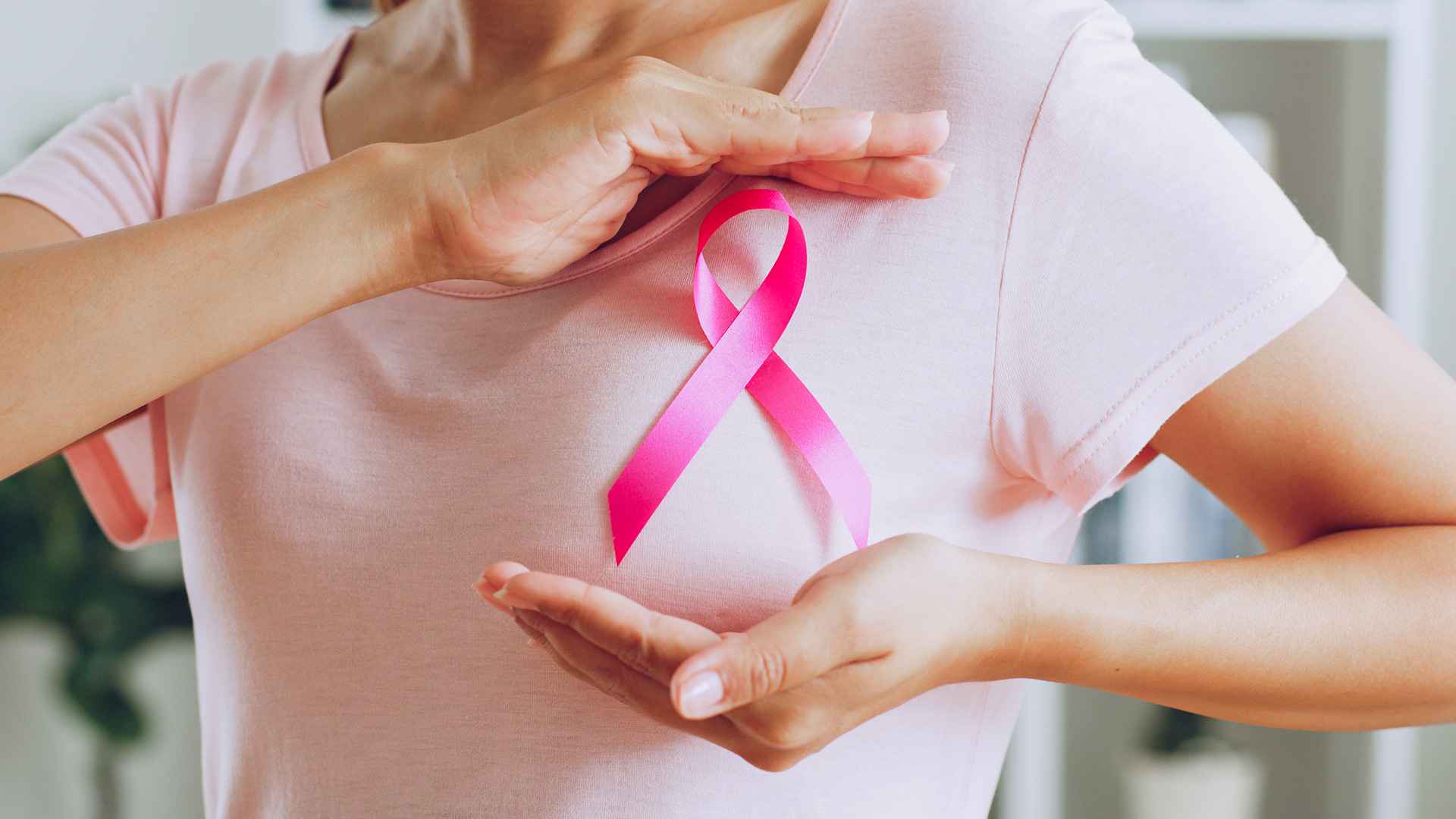When it comes to health, many people rely on other people’s experiences rather than science. Patients will say to me, “I didn’t come in earlier because my aunt had the same symptoms and her doctor recommended this, so I didn’t think I needed to come in.”
While some conditions have a straightforward set of symptoms and treatments, more often, diagnosing a medical problem requires a complex analysis that considers a person’s unique health history, genetic make up, lifestyle, and environment. A treatment that might be recommended for one person could be ineffective or even dangerous for another. And conditions that look similar from the outside may be very different on the inside.
October is Breast Cancer Awareness month, and while some risk factors are common across all people, others are not. Women with a family history of breast cancer may have genetic markers that make them more likely to get breast cancer, which affects recommendations on both screening and follow-up treatment.
BRCA1 (Breast Cancer gene 1) and BRCA2 (Breast Cancer gene 2) are sometimes called tumor suppressor genes because they produce proteins that help repair damaged DNA. People who inherit harmful variants of these genes, especially from both parents, are at higher risk for breast cancer and ovarian cancer overall and at a younger age.
Just because you have a family history of breast cancer does not mean you have the BRCA1 or BRCA2 variant. But family history, especially of close relatives like grandmothers, mothers, and sisters may be a reason to get genetic testing to find out.
For those with a normal risk level, the American College of Obstetrics and Gynecology recommends annual mammograms for women aged 40 and older. Mammograms are special x-rays to screen for breast cancer.
Regardless of whether you are at elevated risk, and even if you’ve had a clear mammogram recently, if you have any of the following symptoms, make an appointment with your medical provider to rule out the possibility of breast cancer.
- A new lump or thickening of breast tissue
- Change in the size, shape, or appearance of your breast
- Any changes to the skin on the breast, such as dimpling or puckering
- A newly inverted nipple or pain in the nipple area
- Redness or flaky skin on the breast or nipple
- Redness or pitting of the skin over your breast, like the skin of an orange
Breast cancer is second only to certain types of skin cancer as the leading cause of death in women. The earlier your cancer is diagnosed, the better your chances of survival. Today’s screening tools are powerful and accurate. And if treatment is started early, it can often be less invasive. Surgery is commonly used to remove the mass, followed by chemotherapy and/or radiation therapy.
As with so many health issues, breast cancer doesn’t only take a physical toll, but a social and emotional one, too. In Mendocino County, we are lucky to be able to refer people to the Cancer Resource Centers of Mendocino County (crcmendocino.org). They help people navigate through the cancer journey, providing patient navigation, support groups, transportation to appointments, a vast library of information, and a “store” full of wigs, scarves, and prostheses. All of their services are free of charge and are provided in English and Spanish.
Dr German Cuadra is a bilingual obstetrician and gynecologist at MCHC Health Centers—a local, non-profit, federally qualified health center offering medical, dental, and behavioral health care to people in Lake and Mendocino Counties.

 MyChart Login
MyChart Login

